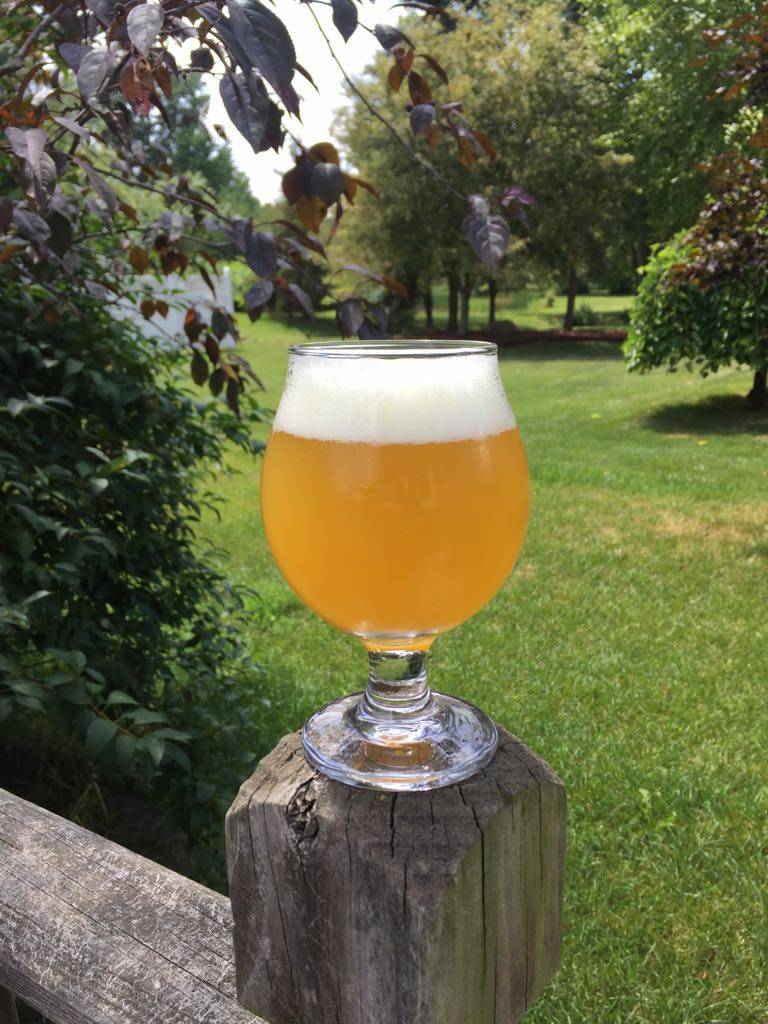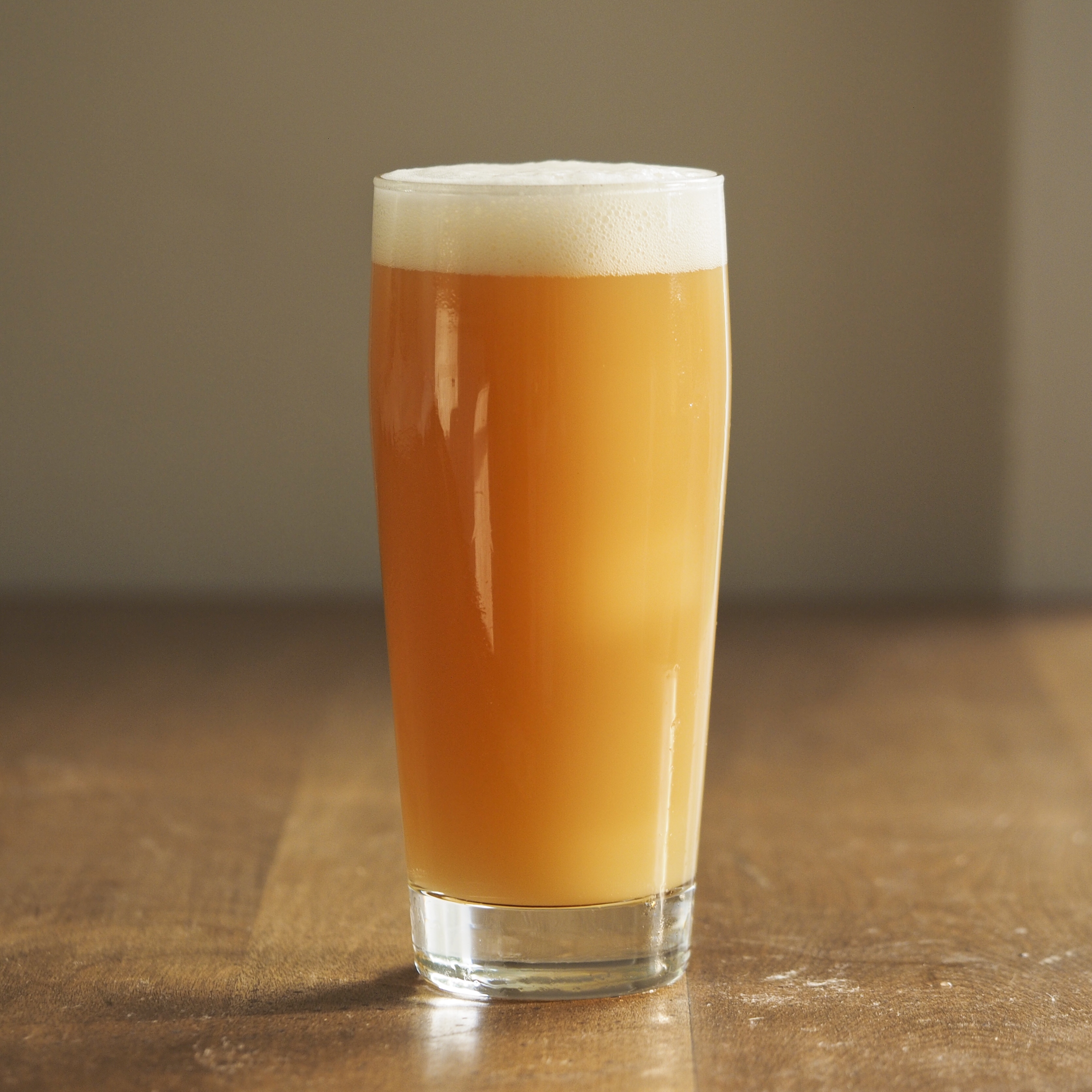Here's my report on my 100% WY3638 batch.
O.G. 1.068
F.G. high at 1.020
Fermentables/Mash:
76% Weyermann Pils
12% Carafoam
6% C10
6% Acidulated
Rising temp mash from 152F to 172F over 2 hours.
Water:
75 ppm Ca
110 ppm SO4
225 ppm Cl
As much K as needed to hit the Cl target above with KCl, while limiting Ca to the value above. (If anyone is interested I can dig up my additions and volumes)
Hops:
No boil hops
4 oz Citra, 4 oz Mosaic Hopstand, beginning at 175F down to ending at 165F.
8 oz Citra, 2 oz Amarillo at 30 h post pitch
4 oz Citra, 4 oz Mosaic as keg hops, loose with diptube filter
Yeast/Fermentation:
1 pack of WY3638. I estimate pitch rate based on manufacture date at 0.24M cells/mL/Plato
Pitching temp 75F.
Fermented at 75F controlled ambient, raised to 79F at about 42 hours post pitch
Carb:
Natural with 20 oz canned/sealed gyle from brewday and 2 g CBC-1. 11 days of conditioning before chilling to serving temp.
Tasting notes:
Very nice mouthfeel, not quite as soft as the best TH I've had but getting there. Aroma is sweet tropical fruits, a touch of dank. Flavor is super, super dank. Reminds me of some DDH Trillium beers. There is some banana-bubblegum in the finish, but the hops just stomp on everything else. I think 8 oz/5 gal is too much keg hop in this recipe for my personal tastes. Low bitterness, and much less sweet than Alter Ego for example, despite the high FG. Looks nice IMHO.
Next steps:
Cut back the keg hops for sure. Possibly mess around with blending with 1968 or 1318, either copitch or blended batches. I would like the finish to be a little sweeter, but I am hesitant to add any more C10 than 6%.
View attachment 581393




